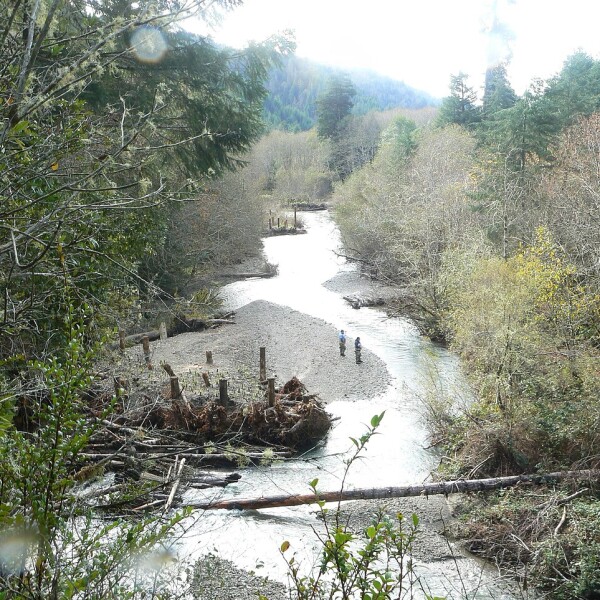The article "The Klamath Project: Monitoring Lessons from the Largest River Restoration in US History" discusses the extensive restoration efforts of the Klamath River, focusing on the removal of four hydroelectric dams and the subsequent ecological monitoring. Initiated in 2019, comprehensive baseline environmental data were collected, including environmental DNA assessments, water quality evaluations, native seed collection, and relocation of sensitive species. The dam removal process, which began in January 2024 and concluded in October 2024, aimed to restore the river’s natural flow and habitat. Post-removal, immediate revegetation efforts led to vibrant riverbanks by the following spring. Ongoing monitoring is essential to track water quality, sediment transport, and aquatic species populations, ensuring the river’s long-term health. Collaborative efforts with Indigenous tribes, such as the Karuk and Yurok, have been pivotal, integrating traditional ecological knowledge with modern scientific approaches. The restoration serves as a model for integrating tribal leadership, science, and policy to repair environmental damage, demonstrating that when those most connected to the land are empowered to lead, lasting change is possible. (fishbio.com, planetforward.org)


